|
42. Satyrium spini (Denis & Schiffermüller, 1775) / Blue-spot hairstreak / Lycaenidae – Theclinae
NL: wegedoornpage / D: Kreuzdorn-Zipfelfalter / F: thécla du prunellier
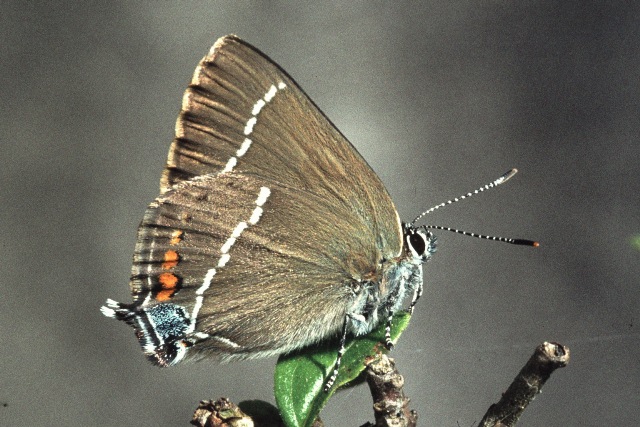 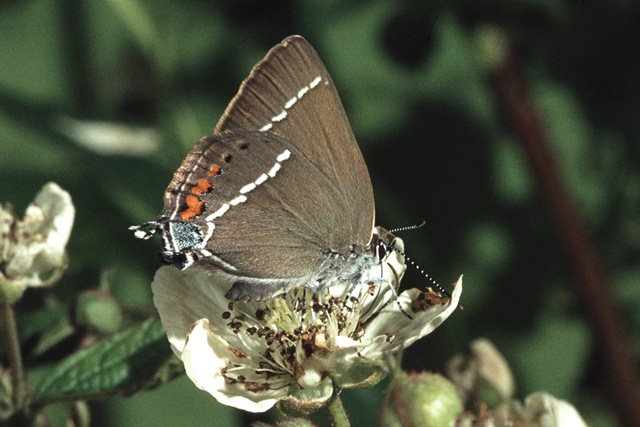 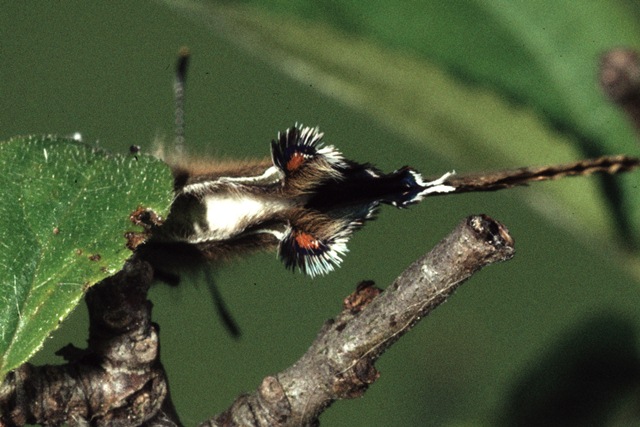
Photographs: Frits Bink ©.
Small, wing length 16 (15-17) mm. The species is known in the Benelux from a few localities in the south of Wallonia, where it occurs on the north-western limit of its European distribution. It occurs on neglected chalk grassland with some buckthorn bushes.
Butterfly is on the wing from early-July until mid-August. The species is known from sub-continental and mild-continental climates, amplitude 8 to 16. Required heat sum is 900°d and maximum tolerated 2000°d, corresponding climate windows are 26 and 38 weeks.
The species is ecologically rather similar to Thecla betulae, but differs in inhabiting warmer and dryer landscapes.
Ecological characteristics
Behaviour over time
Overwintering: egg on a twig of the host.
Reproduction: oviposition starts after 7-10 days when the body contains about 40-45 eggs, estimated potential reproduction twice as much.
Larval feeding periods: 5 weeks in the period of mid-April until mid-June.
Generations: always one.
Spreading of risk: not observed.
Life cycle: egg 37-41 weeks; larva 38 (35-41) days; pupa 21(19-22) days.
Life span of adult: long, 4 weeks.
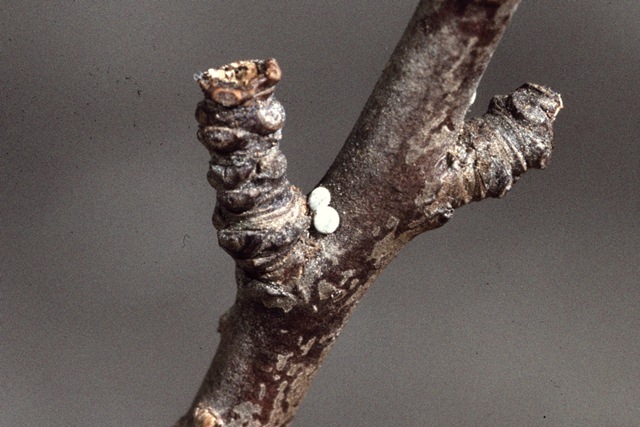 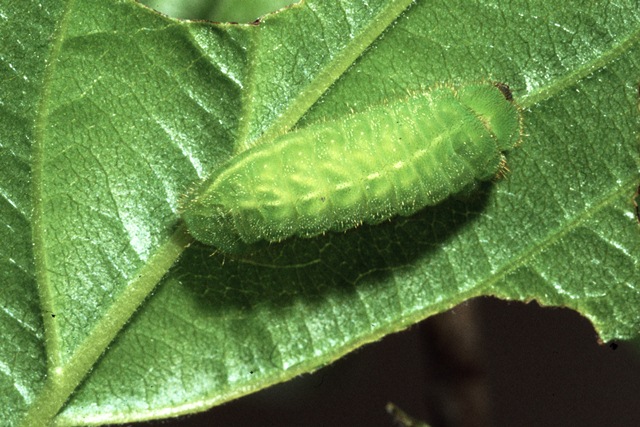
Photographs: Frits Bink ©.
Behaviour in space
From stay-at-home to migrant: stay-at-home, spatial requirement modest.
Finding a mate: males congregate on a prominent bush. Females have a very conspicuous speculum.
Orientation in the landscape: brushwood, gradient between wood to short grassland.
Oviposition: on the twigs of the host near a notch or bud, preferably on a small shrub.
Defence
Threats from other organisms: no special defence organs, vulnerable from avian predation.
Myrmecophily: little, larvae are inspected by ants, not tended.
Threats from the environment: the species is only known from warm and dry sheltered sites, so seems to be vulnerable to inclement weather.
Feeding habits
Adult: honeydew and nectar of small flowers or flowers with superficial honey glands.
Larva: hatches before bud burst and changes its appearance to obtain suitable camouflage. In its last larval stage it is bright green and lives on the underside of mature leaves.
Larval foodplants
Plant species: Rhamnaceae, Rhamnus cathartica.
Journal
Rearing experiment based on specimens of unknown origin.
27 February 1984: receipt of the eggs on pieces of twigs (see acknowledgements), kept outdoors.
10 April: twigs taken indoors.
14 April: most eggs hatched, larvae put on potted shrub.
16 April: larvae ate the points of the shoots emerging out of the buds.
19 April: larvae ended first instar, coloured to match the bud.
28 April: larvae turned green.
3 May: larvae in L3, 8 mm in length.
12 May: some larvae already moulted L4-5.
16 May: first one crept into litter layer, prepupa.
17 May: a second one followed.
21 May: two girdled pupae.
24 May: last larva prepared to pupate.
12 June: six adults appeared.
13 June: last two pupae hatched.
18 June: adult butterflies dead, trial to get a pairing failed.
Table 42-1. Results of dissections

Table 42-2. Collection and observation localities
D, Lorch 300m, 50° 02’ 05”N – 7° 47’ 56”E; 31 July 1985.
F, Vallouise 1200 m, 44° 51’ 18”N – 6° 29’ 28”E; 3 September 1982.
Fig. 42-1. Satyrium spini, phenogram adapted from Ebert & Rennwald 1991a: 191.
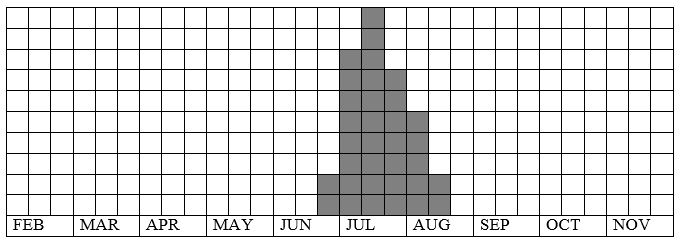
Fig. 42-2. Satyrium spini, habitat characteristics.
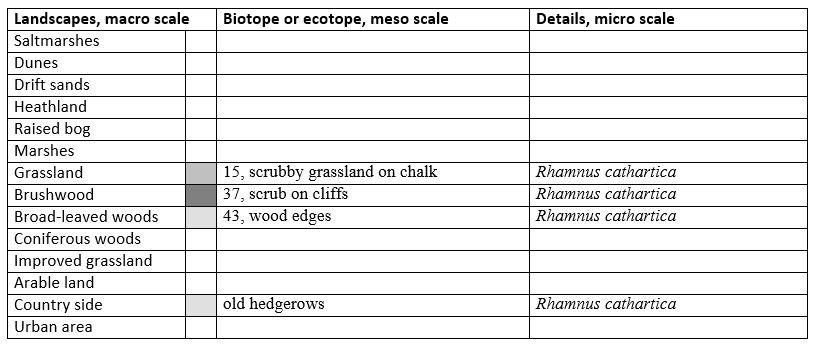
Fig. 42-3. Satyrium spini, climate matrix, heat-sums 900 - 2000°d.
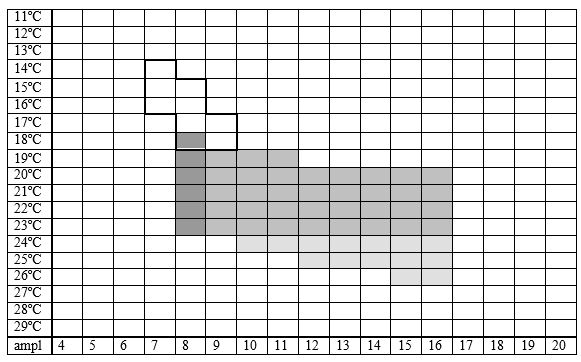
|










